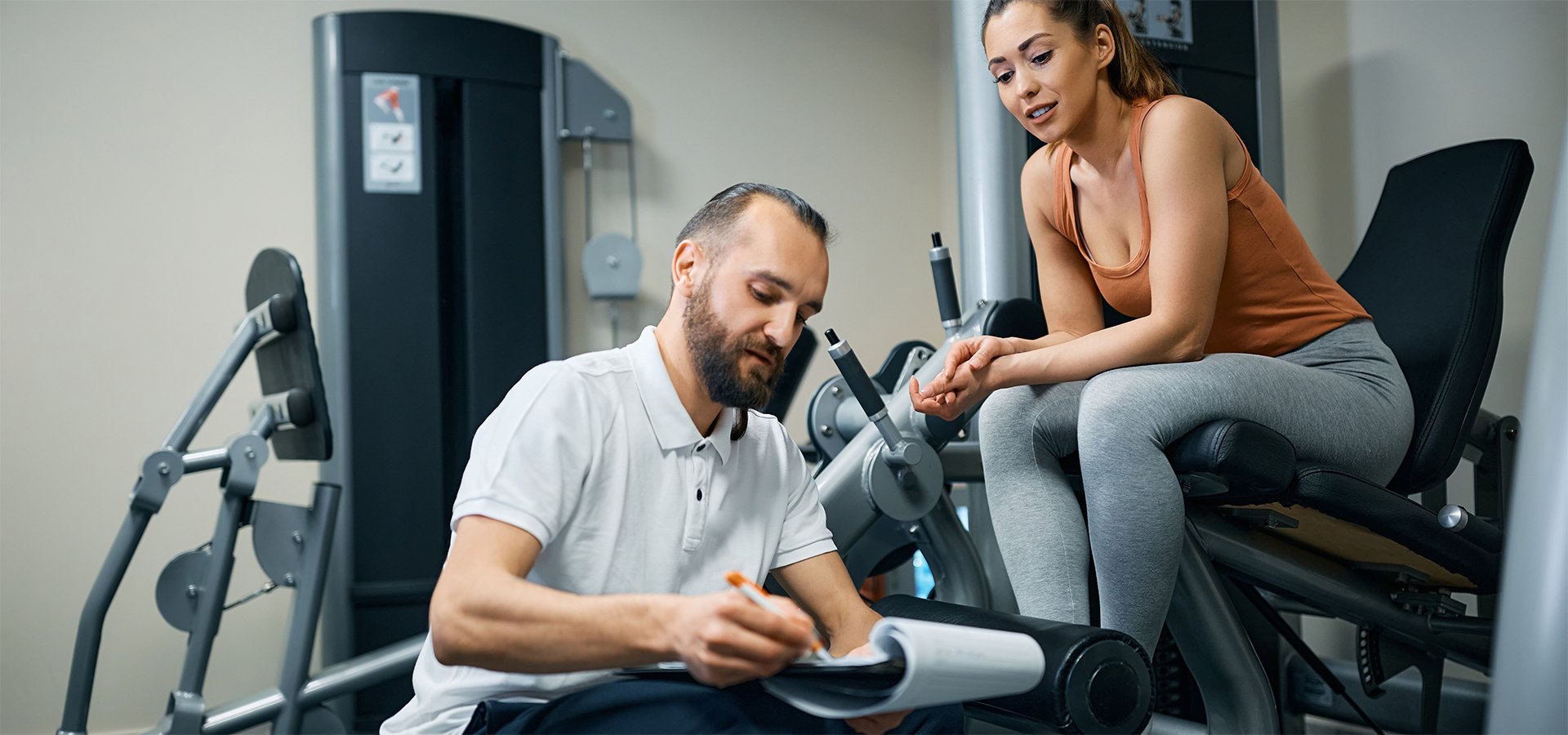
Elevate Athletic Performance with Sports Biomechanics Research & Gait Data
Athletics is an interdisciplinary field, if ever there was one. Combining anatomy and physiology, kinesthetics and skill, rules, and split-second decision-making gives a window into what happens when art and science collide.
Anyone working in sports—from research to coaching—aims to help athletes heighten their performance. These goals include increasing flexibility, enhancing speed, deepening the economy of movement, boosting skill, and expanding agility to eliminate the chance of injury.
Biomechanists focus on the role that human movements, even the minutest, play in sports performance. How does a specific stance improve the mechanics of a golf swing? How does a particular foot placement increase or decrease the chance of a knee injury while pivoting? How does a specific shoe protect an ankle during an intense lunge?
Beyond the role of a single biomechanical expert, sports biomechanics research aims to gather a growing body of evidence about athletic performance and contribute to better outcomes.
Let’s look at the role of biomechanics research in sports performance and how gait data plays into both.
Sports Biomechanics and Athletic Performance
The foundation of much of sports biomechanics research is identical to the foundation of the human body: the foot. More specifically, it focuses on the gait or how the body moves when walking or running. Studying how the body moves from one step to another provides a wealth of important information, such as:
- How people shift their weight when walking, running, or standing.
- How pressure shifts during movements of all kinds, from pivoting to leaping to throwing.
- How properly tailored footwearand prosthetics change the body’s movement.
- How to improve both footwear and prosthetics to make movements as economical, effective, and injury-avoidant as possible.
To gain this information, we need pressure mapping technology that shows where and how the body applies force to the ground at any given moment and vice versa. Only then can we truly understand human performance and build a body of research on which any athlete, team, or coach can rely.
Data: Your Number One Asset
Data is your number one asset in sports biomechanics research. When researchers produce the best possible data, it means that:
- Coaches can increase the effectiveness of drills and training.
- Physical therapists can diagnose problems more effectively and help sports professionals recover more quickly.
- General managers have more information to help them hire the right staff and treat their athletes well.
- Medics have the tools to help athletes on the field more quickly and effectively.
- Strength and conditioning coaches can prescribe the right routines to harden the body and heal quickly from injury.
- Footwear specialists can assign the right footwear and inserts.
- Doctors and clinicians can use pressure sensor technology more effectively in their practices.
- People who need prosthetics can rest easy in the knowledge that experts can find the right devices and fit so they can continue to perform at peak levels.
However, biomechanics researchers first need the right equipment to achieve these outcomes.
Challenges of Sports Biomechanics Equipment
Precise data requires a few components. For starters, you need highly sensitive technology to create a detailed map of what happens between ground and foot with every step. By measuring the forces in minute detail using pressure points embedded in a sensor grid, you finally have insight into what was formerly hidden: the forces between a foot and the surface beneath it.
You also need equipment that shows not just pressure points but pressure distribution. Add a temporal and spatial picture—how the body moves over time, not just in one rest position—and your data becomes rich and robust, applicable to many athletic disciplines.
Lastly, you need wireless technology. Sports biomechanics research confined to the lab certainly has uses but can only capture part of the picture. If your experiments cannot transition to the track, field, or pitch, you are hampered in your efforts.
Current systems, however, bring with them several challenges, including the lack of:
- Mobility: You’re stuck in one place.
- Granularity: You can’t get a detailed enough picture.
- Durability: You must replace broken equipment or recalibrate all the time.
- Repeatability: Data is unreliable.
- Integration: You can’t get systems to talk to one another.
- Affordability: You can’t get the best tech when you need it.
XSENSOR solves all these problems with sensor-based, wireless technology that includes software and hardware that talk wirelessly to one another in a straightforward system. You’ll never lack good data in your research again.
The XSENSOR Solution for Biomechanics Research
We can help enhance the world of athletics by starting with the world of biomechanics—dialing in on how the human body moves, how we can track and assess those movements, and how we can support it with the right gear and prosthetics—all wirelessly, so you have the greatest possible freedom of movement. By gathering the data that answers these questions, we can help athletes worldwide become the best they can be.
If you’re ready for a complete sports biomechanics research toolkit, XSENSOR is prepared to help. Our Human Performance solutions will take your lab to the next level, increase the value of your research, and add to the growing body of athletics information. There’s no downside, so don’t wait to schedule your demonstration.
